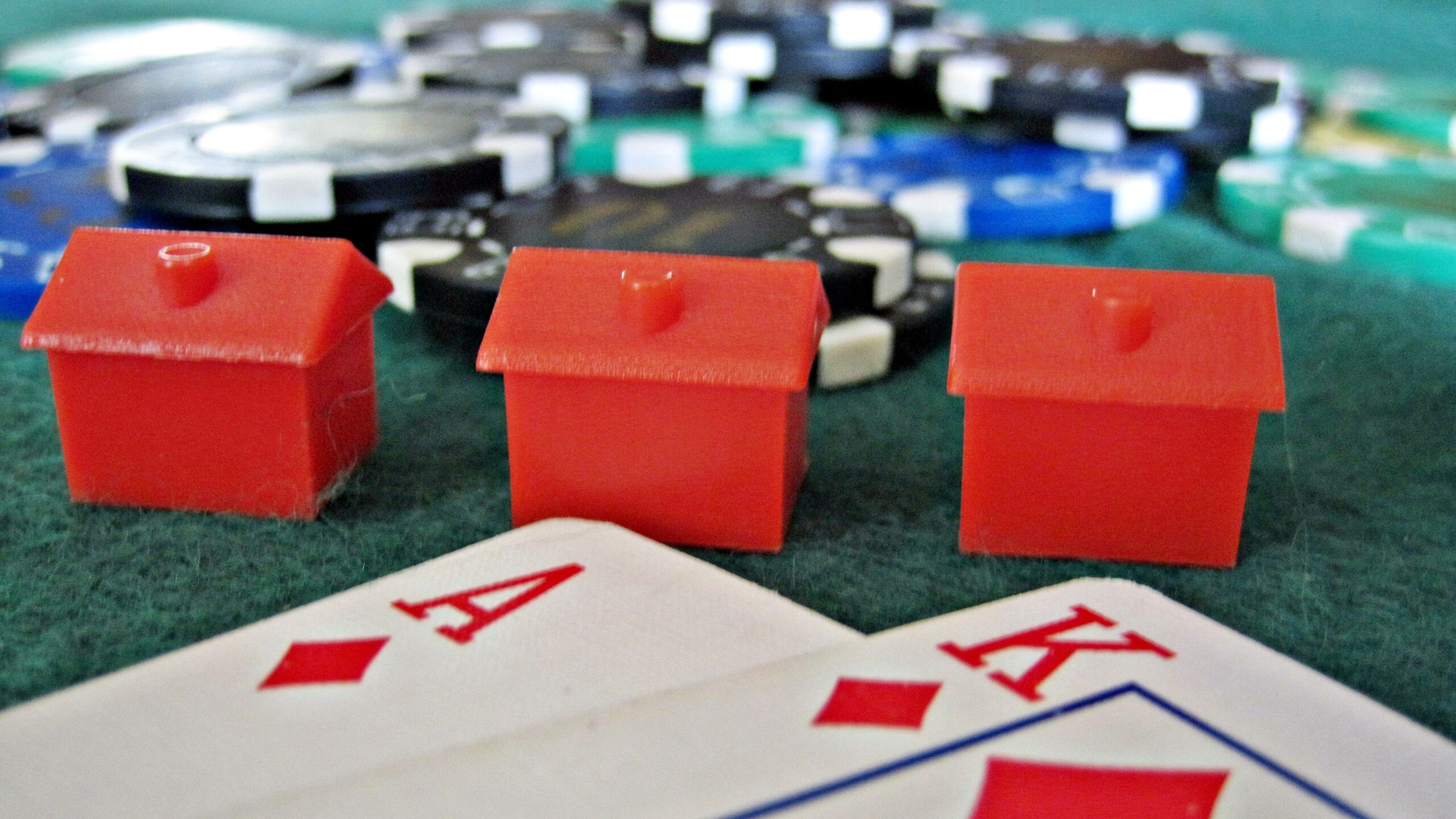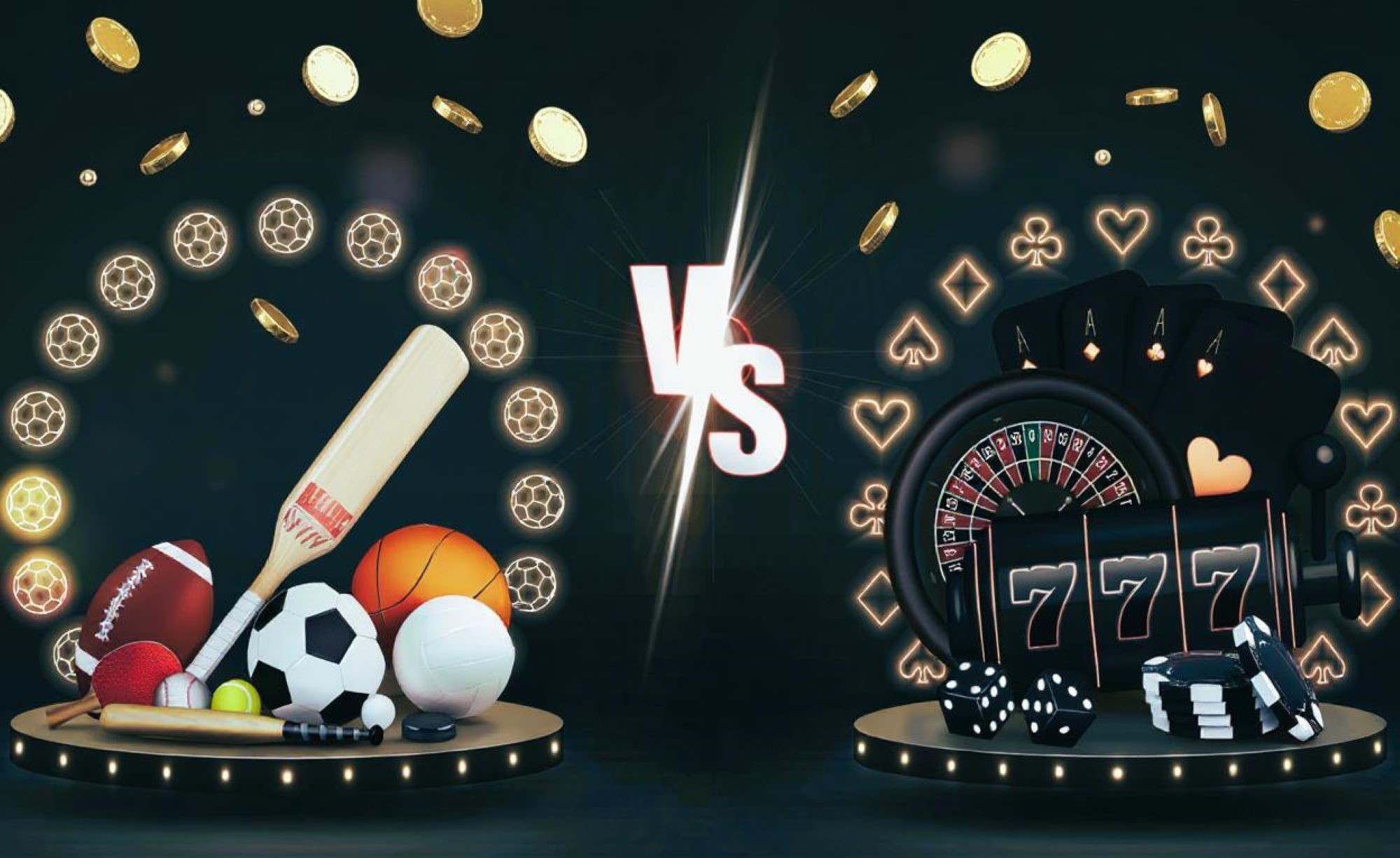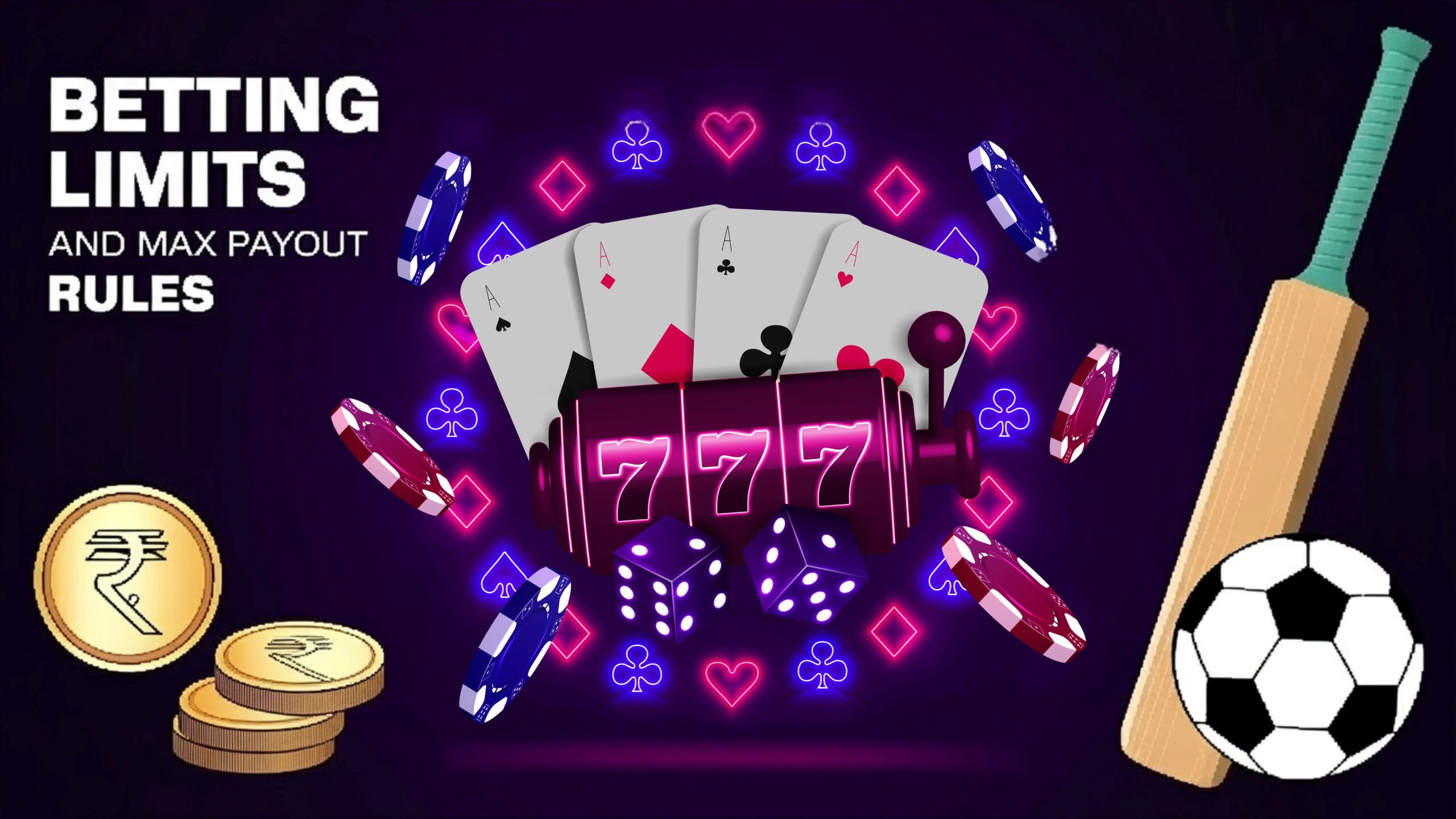Ever wondered why some casino games seem more appealing than others? One of the biggest reasons is the house edge—the built-in advantage that the casino holds over players. In simple terms, the house edge represents the average percentage of each bet that the casino expects to keep over the long run. If you’re dipping your toes into Indian casino games, knowing which games come with the lowest house edge can seriously improve your chances of winning or, at the very least, help you stretch your bankroll longer. Let’s dive deep into the world of Indian casino games and discover which ones offer the fairest odds, why they do, and how you can maximize your play.
What Is House Edge and Why Does It Matter?
The term house edge might sound like casino jargon, but it’s a crucial concept every player should understand before placing a single bet. At its core, the house edge is the mathematical advantage that the casino holds over players in any given game. It represents the average percentage of each wager that the casino expects to retain over time. So, if a game has a house edge of 2%, that means for every ₹100 you bet, the casino anticipates making ₹2 in profit in the long run. This edge ensures that the casino remains profitable, even if individual players occasionally win big.
Understanding the house edge isn’t just for professional gamblers or math geeks. It plays a massive role in how long your bankroll lasts and how often you’ll walk away with winnings—or losses. Casino games aren’t designed to be fair; they’re created with a built-in margin that favors the house. That doesn’t mean you can’t win, but it does mean the odds are tilted ever so slightly against you. The bigger the house edge, the faster your money will disappear. On the flip side, a smaller house edge can keep you playing longer and increase your chances of winning sessions.
What makes the house edge so interesting is how subtly it operates. Unlike overt fees or commissions, it’s baked into the rules of the game—like how many zeros are on a roulette wheel, or how often a dealer must hit in blackjack. Many players don’t even realize it’s working against them while they play. This is why experienced gamblers often stick to games with the lowest possible house edge and use strategies to reduce it even further. It’s not just about luck—it’s about playing smarter.
Think of the house edge like a slow leak in a water bucket. The bigger the hole, the faster your water drains. If you’re careful, you’ll choose a smaller leak, allowing your “water”—your money—to last longer. In gambling terms, picking games with a low house edge gives you more entertainment for your money and a better shot at leaving the casino ahead. So, before jumping into any game, it pays—literally—to understand how the house edge works and choose wisely.
Why Indian Casinos Matter
| Game | Casino Type | Typical Rule Variation | Effect on House Edge | Player Impact |
| Blackjack | Online Indian Casino | Double down after split allowed | Lowers edge (~0.5%) | Better odds, more player control |
| Teen Patti | Land-Based Goa | Fixed ante, no bonus bets | Moderate edge (~3%) | Consistent, familiar rules for regular players |
| Andar Bahar | Online Live Dealer | Side bets with high payouts | Increases edge (up to 7%) | Riskier, but more thrilling |
| Roulette | Online European Style | Single zero wheel used | Lower edge (2.7%) | Preferred for strategic play |
| Baccarat | Online Casino India | Reduced banker commission (e.g., 4%) | Slightly lowers edge (~1%) | More value per bet |
Top Indian Casino Games with the Lowest House Edge
Let’s explore some of the most popular casino games available in India that typically come with the lowest house edge. Here’s a detailed list that explains why these games are ideal for players who want better chances and smarter gameplay.
- Blackjack – The Classic Card Game
Blackjack is widely considered the best game in terms of house edge, offering odds as low as 0.5% if played with the correct strategy. The game is a perfect blend of luck and decision-making. When you use a basic blackjack strategy—like knowing when to hit, stand, double down, or split—you can dramatically reduce the casino’s advantage. This isn’t just theory; strategy charts have been mathematically proven to improve your odds. Many Indian online casinos feature international-style blackjack tables that follow favorable rules, giving Indian players the same competitive edge available in top global platforms. - Baccarat – The Game of Elegance
Baccarat is simple, fast, and surprisingly one of the most player-friendly games you’ll find. The banker bet has a house edge of only 1.06%, which makes it one of the lowest in any casino setting. Even the player bet isn’t far off at 1.24%. The catch? Don’t get tempted by the tie bet, which looks exciting but carries a painful 14.36% edge. Indian players enjoy baccarat for its ease of play—no complicated rules, just pick banker or player and watch the cards fall. The straightforward gameplay and consistently low house edge make it ideal for both newcomers and seasoned players. - Andar Bahar – Traditional Indian Card Game
This locally beloved card game offers a house edge ranging from 2.5% to 5%, depending on how it’s played and where. The rules are incredibly easy to grasp. A single card is dealt face-up in the center, and players bet on whether the matching card will appear on the ‘Andar’ side or the ‘Bahar’ side. While not as low as blackjack or baccarat, Andar Bahar still offers decent odds—especially compared to high-variance games like slots. It’s also incredibly fast-paced and culturally rooted, which makes it both nostalgic and thrilling for Indian players. - Teen Patti (Indian Poker)
Teen Patti, often dubbed Indian Poker, is a staple at social events and has now made a smooth transition into both land-based and online casinos. The house edge varies depending on the platform and specific rules but generally ranges from 3% to 5%. The game itself is largely luck-based, but experienced players know that strategic betting and reading opponents can shift outcomes in their favor. What makes Teen Patti special in a casino setting is its local appeal—it feels familiar and offers a uniquely Indian gambling experience while still giving players decent odds. - Roulette (European Version)
European roulette is a popular game in many Indian casinos and comes with a house edge of 2.7%. This version features a single zero, unlike the American version which has both a 0 and 00—essentially doubling the house edge to 5.26%. If you’re going to play roulette, stick to the European variant. For the best odds, players often focus on “outside bets” like red/black or odd/even, which offer nearly 50% win probabilities. It’s a visually appealing game with a nice balance of suspense and strategy, and it’s widely accessible across both online and live dealer Indian platforms.
A Quick Comparison Table of Indian Casino Games and House Edge
When evaluating Indian casino games, understanding how the house edge compares across different titles can be a game-changer for players looking to maximize value. Each game comes with its own balance of risk, reward, and strategic potential. While some rely purely on chance, others reward players who take the time to master optimal strategies. This difference plays a major role in shaping your long-term experience and outcomes at the casino. Players who choose games with a lower house edge automatically increase their chances of walking away with more money or, at the very least, enjoy extended gameplay without blowing their bankroll too quickly.
Take blackjack, for instance—it’s widely considered the most player-friendly casino game, with a house edge hovering around 0.5% when played using basic strategy. What sets blackjack apart is the high level of skill involved. Knowing when to hit, stand, or double down can shave off significant percentages from the house’s advantage. In contrast, baccarat, while also boasting a low house edge (just over 1% on the banker bet), is a much simpler game with fewer decisions to make. It’s perfect for casual players who want quick rounds without worrying about deep strategy, yet still want decent odds.
Then there are games like Andar Bahar and Teen Patti, which reflect India’s cultural gaming heritage. While they don’t offer house edges as low as blackjack or baccarat, their familiarity and simplicity attract a massive player base. Andar Bahar typically has a house edge ranging from 2.5% to 5%, depending on the platform and betting options. Teen Patti is similarly variable, often falling between 3% and 5%. Despite the slightly higher edge, these games provide a strong sense of nostalgia and comfort, making them a staple in Indian casinos—both online and offline.
European roulette rounds out the list as a classic and universally loved game. With a house edge of 2.7%, it offers much better odds than its American counterpart and appeals to players looking for straightforward, elegant gameplay. While the skill factor is relatively low—since outcomes are largely dictated by chance—the variety of betting options allows for some level of personal control over risk. Whether you’re playing for fun or aiming to be strategic, roulette strikes a balance between excitement and simplicity, making it a common choice for both beginners and seasoned gamblers in Indian casinos.
How to Use House Edge to Your Advantage
| Tip | What It Means | Why It Helps | Impact on House Edge | Player Benefit |
| Choose Games Wisely | Select games with the lowest house edge like blackjack or baccarat | Increases long-term chances of winning | Reduces overall loss potential | More value from every bet placed |
| Learn Basic Strategies | Use proven strategies for games like blackjack | Maximizes the effect of skill in minimizing house advantage | Cuts house edge in half or more | Boosts your odds, especially in skill-based games |
| Avoid High-House-Edge Bets | Skip side bets or flashy bonus options with poor odds | Protects bankroll from unnecessary risk | Avoids increasing the effective house edge | Keeps losses to a minimum while still enjoying gameplay |
| Manage Your Bankroll | Set limits, stick to budgets, and use betting discipline | Helps prevent reckless or emotional betting | Indirectly minimizes losses over time | Promotes longer playtime and better decision-making |
| Practice Online for Free | Use demo versions to learn rules and test strategies | Eliminates risk while building confidence | Zero house edge during practice | Prepares you for real-money play without financial pressure |
Understanding Variance vs. House Edge
Grasping the concept of house edge is a great start, but to truly understand how casino games work, you also need to get familiar with variance. While house edge measures the long-term statistical advantage of the casino, variance explains the short-term rollercoaster of wins and losses. It’s the reason why you might go on a lucky streak or suddenly lose five hands in a row. Both concepts work together to shape your experience at the casino, and knowing the difference between them is essential for smart gameplay.
- Variance is about unpredictability in the short term
Even if a game has a low house edge, that doesn’t mean you won’t experience sudden shifts in fortune. Variance represents how much your results can deviate from the expected outcome in the short run. A game with high variance can lead to massive wins or steep losses within just a few rounds, while a low-variance game delivers more predictable, steady results over time. - Blackjack has low house edge but moderate to high variance
Blackjack is a great example of how variance and house edge can intersect. Even with a house edge as low as 0.5%, blackjack can produce long losing streaks due to variance. You might play perfectly, follow every rule of basic strategy, and still lose several hands in a row. Over hundreds or thousands of hands, the house edge will show its true effect, but in the short term, variance can test your patience and discipline. - Slot machines usually have both high variance and high house edge
Slots are the wildcards of the casino. Not only do they often have a house edge between 5% and 15%, but they also come with high variance. This means you could hit a massive jackpot in one spin, but more often than not, you’ll slowly bleed your bankroll chasing it. The thrill of that one big win is what keeps players coming back, but the math behind the scenes still favors the house in the long run. - Understanding your risk tolerance helps you choose better games
Knowing the difference between variance and house edge helps you select games that fit your style. If you’re risk-averse and want more predictable sessions, you might lean toward low-variance games like baccarat or European roulette. If you enjoy the excitement of huge (but rare) payouts and can handle swings, high-variance games like slots or Teen Patti could be more your speed. Either way, balancing these two elements can help you manage expectations and avoid unnecessary frustration.




